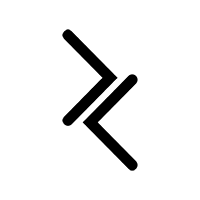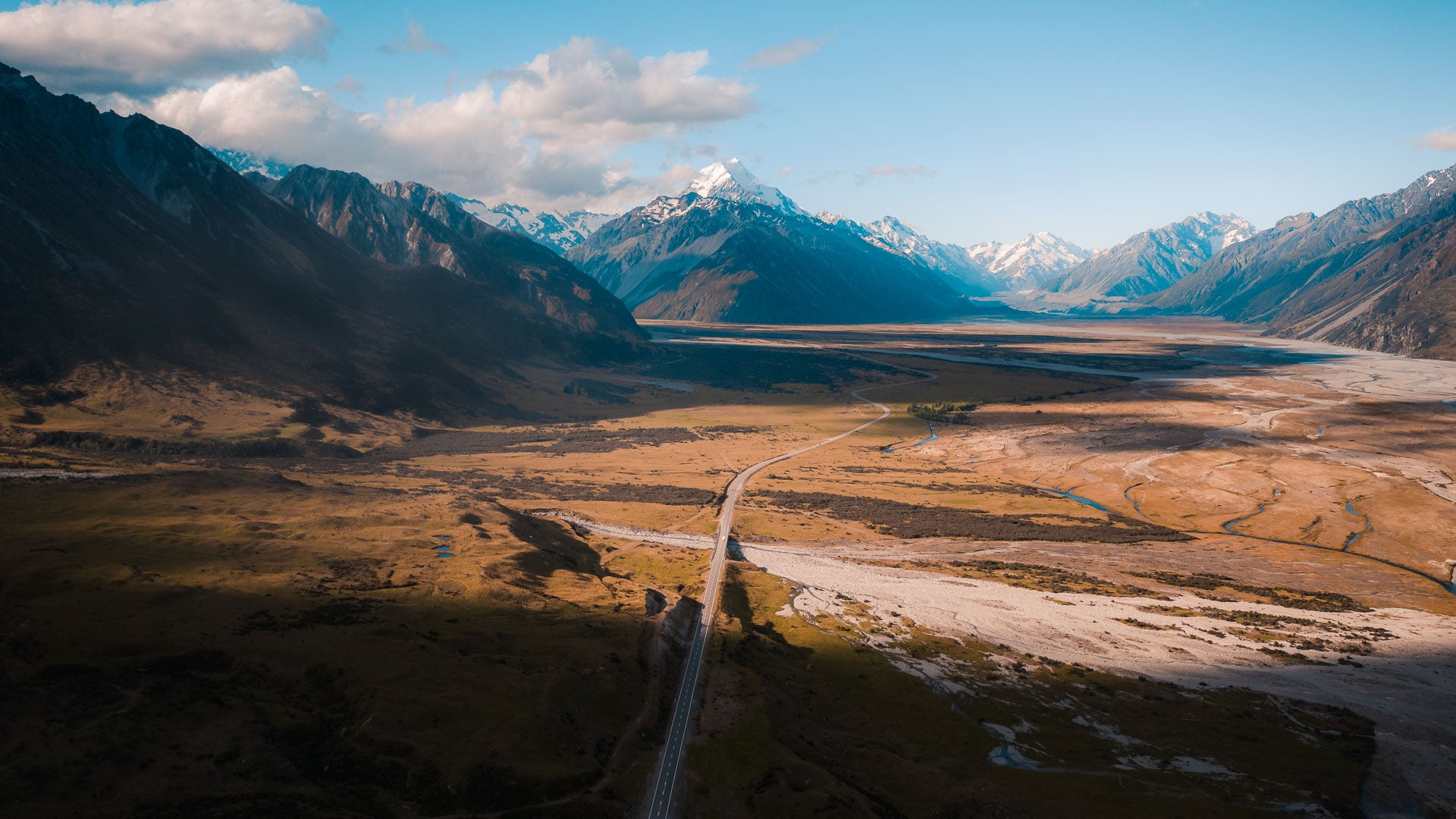If I told you that it was possible to transform your photography with just 4 simple, daily habits, would you do them?
I create habits for everything in my life, especially when it comes to learning new things, and when I was first starting out in the pursuit of mastering photography, that was no different.
Habits are a great way to start to build a system to get things done. So what I wanted to share with you today, are the 4 daily habits that transformed my photography, and hopefully, they’ll transform yours too.
But first, notice that I said simple, I didn’t say easy.
These habits aren’t a cheap fix; they aren’t a gimmicky hack.
They’re boring.
They’re not sexy.
If you do them today, if you do them tomorrow, not much is going to happen in such a short span of time.
However, if you do them every day for a year, I promise you that your photography will be completely different from what it is today when you look back on it a year from now.
So with that said, let’s get deep.
Habit #1, Make 27 images every day.
Now, that might sound like a lot.
And it might sound very specific.
However, the entire journey of you acquiring the skill of photography is predicated on how much time you put into learning it.
There’s this popular theory by Malcolm Gladwell; I’m sure you’ve heard of it.
It’s the 10,000-hour rule. It’s a rule that states that world-class performance can only be attained by deliberate, disciplined practice, upwards of 10,000 hours.
I mean, that’s great, but if anyone puts 40 hours per week into anything for 10 years, they’re bound to be at least damn fantastic at it, right?
It’s an interesting idea, but for us trying to build an attainable habit and something to strive towards every day, it’s not very practical.
So, on the flip side of the effort coin, you may have heard of the 365-day challenge. It’s one where you take a photo every single day for an entire year.
While this is getting better as a goal, because we’re actually talking about taking photos now, it’s kind of… crap.
Why spend 2 minutes a day “learning” something? Is that even counted as “learning”? Why not spend two hours?
At the moment, I’m trying to learn the Japanese language, and if you told me that I could only spend 2 minutes a day learning it, after a year, I’d still be pretty trash.
That’s because learning Japanese is a multi-year endeavour. There’s so much to learn about it that it’s almost impossible to be good at it with such little time spent on it.
Photography is the same way; it’s a multi-year endeavour that, while it looks easy enough on the surface, is actually a very deep and technical skill to learn with many sub-skills and career potentials.
Now, back to how that relates to 27 images per day.
This number isn’t a magic number. It’s not a number proven by science or anything like that.
It’s just a number that, having taught many beginners through my workshops, online classes, and this blog, is a neat little number to strive towards for most people.
For most people, this number is enough to stretch you to strive for more; to get out there every day in the field.
The magic of this number is 27.4 images every day, equates to 10,000 images every year.
And striving to make 10,000 images every year sounds a whole lot more practical than trying to spend 10,000 “hours” or something.
Again, it might seem like a lot, but it’s not; you’ll crush this number in an hour. And most of the time, if you’re out anyway taking pictures, you’re very likely to stay out for longer than an hour, and you’re very likely to come back with perhaps a few hundred images.
This practice is the difference between a person who is casually trying to “learn photography”, and someone who is serious about acquiring the skill of photography.
A person who will forever be a novice versus a person who was serious about skill acquisition.
Habit 2#, Break down skills weekly, work on them daily.
This habit goes hand in hand with the last habit.
It’s about deliberately devoting time to mastering the craft of photography.
The idea here is to find a skill and work on it until you reach what Tim Ferris calls the “Minimum Effective Dose”.
That is; the point to which you have become effective with that skill, enough to get yourself in trouble with it, but not too much that you start to get into the weeds or start to hit diminishing returns of your time vs skill gained.
This is important, especially if you’re just starting out.
In my opinion, it’s far more essential to understand the relationships between skills and how they relate to all the other parts of photography first, before diving too deep into any of them.
This is so that you can start to form mental associations and connections with one another. There are so many skills with tremendous carryover that it’s worth figuring out which skills you’re good at, which ones you need work on, which link to which, and which will serve the purpose for the type of photography you want to pursue.
Breaking down skills
So then the next logical question is: “How do we break down the skills of photography to learn them?”
Well, if you’re already on this blog, chances are, you’ve already been doing that.
In the Learn Photography section, I break down the 5 main areas of how I teach photography:
- Craft: The technical execution of how to shoot images well
- Vision: Understanding visual language and visual comprehension
- Art: Finding meaning and purpose behind our work
- Gear: Understanding which tools serve us and how
- Post Processing: Putting the final finishing touches on an image and going the extra mile.
Each one has its own set of sub-skills that you can dig into and start to learn.
Once you find something to work on, break it down at the start of the week, and use your 27 images every day to practice it.
Do this long enough, and you’ll find that the mental associations you make will enable you to not only articulate yourself when it comes to describing photography, but you’ll also be able to fill in any gaps you have as you come across new skills to learn.
Habit #3, Iterate, every day.
When I used to work in Product design, we used to subscribe to this idea of “Build, Measure, Learn”.
It was a cycle where we would build something really fast, get it out into the world and then measure it, and then based off those measurements, we would learn and glean insights from it, then we would go and build the next version with our new understanding.
In photography, or in any creative field for that matter, we can definitely leverage that and do the same thing.
However, instead of “Build, Measure, Learn”, perhaps it might be “Create, Measure, Learn”.
The create and the learn parts are fairly self-explanatory.
The measure part, however, is the most interesting portion.
The measure part is putting your creations out into the world. It’s about testing your ideas, making sure your tweaks are being tweaked in the right direction.
This is absolutely crucial to know, especially when you’re first starting out; in your first years of photography, although you think you might, you really have no idea what good looks like.
Just because you think your work is good, doesn’t make it so.
We need consensus. We need opinions. We need other people to see our work, and then we need an average of those understandings to have confidence that they’re the right opinions, and that we can trust them enough to make tweaks off of.
The moment someone’s eyeballs are on our work, whether that’s through Instagram, or via our friends and family, it’s at that exact moment that we have the opportunity to start to make tweaks towards the right direction.
Without this opportunity, we only have our own opinions, and I don’t care who you are, a single opinion is usually never that great on its own.
So, get your work out there.
While I don’t really like Instagram as a barometer of what “good” looks like (because there’s a lot of awful “photography” out there parading around as “good”), you can take the likes and the comments and the engagement as some form of feedback if your objective is to make “popular” images.
Just remember to take those numbers with a gigantically healthy serving of salt.
There’s a better way, however.
And that’s to cultivate a group of trusted friends that will give you feedback more than your conventional “yeah, that’s great”, or “nope, that’s crap” surface-level advice.
A group of people that will bother to provide more feedback; who will cajole you into the correct direction, who will be stern with you, who will give you more depth than anything else on any other social platform.
These groups are hard to find and even harder to create, but they’re worth the effort. Trust me.
Habit #4, Expose yourself to inspiration every day.
This last habit is about hacking creativity.
How creativity works is that everything you consume eventually makes its way into your subconscious mind: what you saw on Instagram 5 minutes ago, the last Netflix movie you watched, the idea you had in the shower this morning, images, video, any kind of media.
The spark of creativity occurs when two seemingly unrelated things join together in your subconscious mind. The output of that is what seems to be fresh, new, exciting, and potentially unique.
And so, our work is as unique as the number of combinations of things we include that we’re inspired by.
Because of this, I’m a big believer in thoughtful quality input equals thoughtful quality output.
The idea here is that if you haphazardly consume media, you’re potentially missing out on the opportunity to deliberately have the right things to subconsciously connect in your mind.
If we start curating the things that we consume, we can effectively “hack” our creative potential by feeding it things that are beneficial to the direction we want to take our work.
This, in essence, is the idea of hacking your creativity.
So think about the direction you want to take your work and create a daily habit to expose yourself to that.
It might be as simple as creating a Pinterest board with all your favourite pins of a particular direction you want to head in.
Or it could be that you have your New Tab page be a Behance page from your favourite artist that you’re super inspired by.
Whatever it is, expose yourself to it, and your subconscious will learn from it, and you’ll eventually see it develop and grow into your work, with or without you knowing.
tl;dr
The 4 habits that transformed by photography were the endeavour to make 10,000 or more images per year, broken up into 27.4 images per day.
It was to break down new skills weekly and practice them daily. We can focus on Craft, Vision, Art, Gear, and Post Processing while we do our 27.4 images every day.
Iterate, every day. Create, Measure, and Learn as many times in a day as you can. We get our best learnings when our work is out in the world.
And finally, expose yourself to inspiration every day. Thoughtful quality input equals thoughtful quality output. Therefore, our work becomes unique by the combinations of things we’re inspired by, so let them seep into your subconscious.



